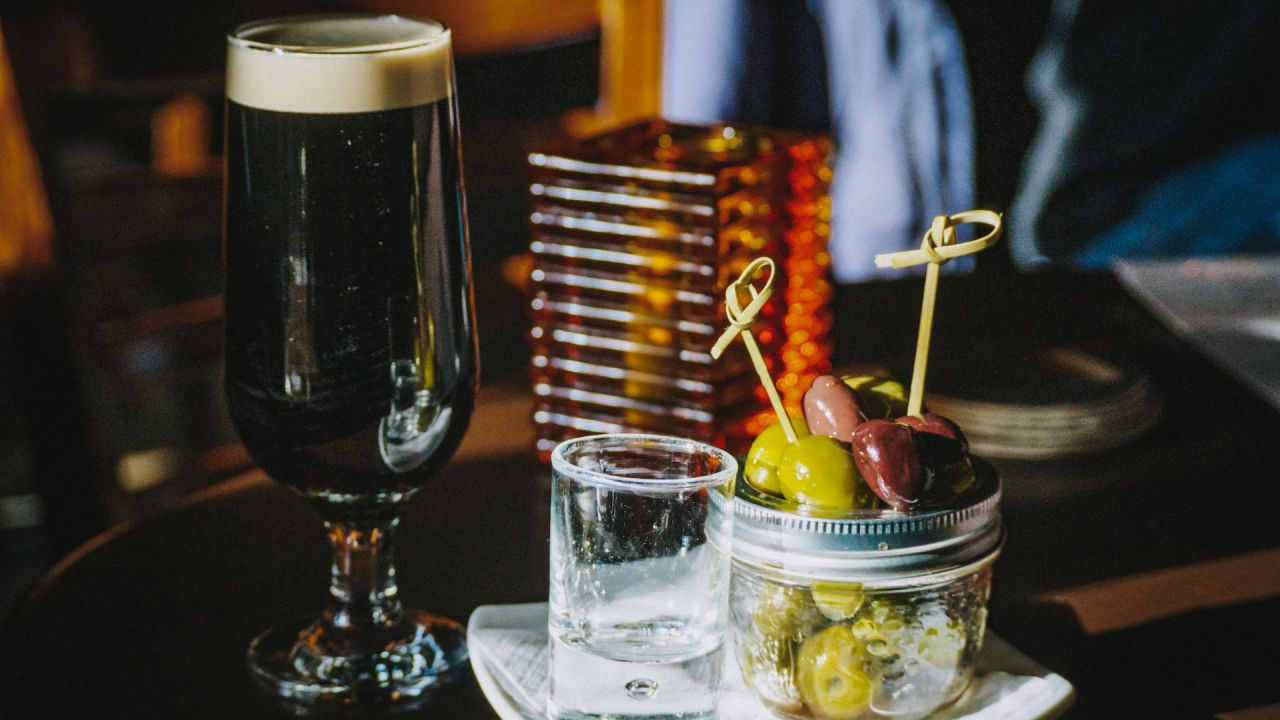Saturday night. Party night for lots of people in the UK. You’re in the pub. It’s your round. You’re tired. Jonathan Ross on series link beckons. You decide to call it a night. Then a friend offers to get last orders in along with a fairly well thought through plan for the rest of the evening. He’s twisting your arm and you succumb. You already know you’re going to suffer the next morning, so you think ‘screw it, I'll have a Guinness’.
Cut to 10am on Sunday morning (OK 11am). You’re lying on the sofa having not quite made it all the way into bed. A polystyrene kebab box for a pillow, fully clothed and the distinct whiff of a garlic mayonnaise/chilli sauce combination in the air. You’re already regretting Saturday night. And last weekend, you might not have been the only one...
Because according to BARB, 3.46 million people in the UK were invited to swallow a potent shot of branded content dross during Saturday night’s episode of ‘The Jonathan Ross Show’. Here's the marketing trade press covering the “unique partnership” on Friday, which quickly became a “backfiring experiment” on Monday, along with some other commenters’ reaction and analysis this week here and here. Meanwhile, there has been radio silence from the brand on Twitter, and Guinness has since decided to switch the conversation back to the ad in its last tweet.
So what led to this punchy taste in the mouth? Well, there were a bunch of executional details that just made me squirm across the whole experience. Errors that smacked of a lack of understanding of the particular craft and successful conventions of compelling content (note, not 'branded' content). The canned laughter over a (supposed) live chat show. The very shouty branding. The pseudo science. The disingenuous talent. The limp script. The robotic tweeting. And the conflict, catalyst and conclusion of the story the brand was trying to tell being fundamentally too contrived, with no real drama and a damp squib of a resolve.
Secondly, the premise attempted to force-feed viewers with the meaning they 'should've' been taking from the campaign. Wossy introduces his part in proceedings by asking the audience if they've seen the Guinness ad; "which I hope you agree is pretty powerful and might've made you think about friendship and the choices we make about spending time with our friends".
Even if it had conjured up those associations of "the choices we make about spending time with our friends", for the brand to then doorstep viewers by pointing this out explicitly undermines a large portion of how branding works. Attempting to corner the viewer into coming up with a particular emotional response from the message is not only heavy handed but counter productive. Brands after all are messy. They're personal. They're arbitrary. As John Willshire suggests, brands are dialogic. In other words, they can be more than one thing and a piece of communication can evoke more than one outcome. And sometimes, it's what you don't say that gets heard.
That said, "brands are fuzzy" and as Martin Weigel in a recent Contagious article discusses; "most people just won't work that hard at brand learning...therefore 'continuity' is key". Continuity comes from not only an aesthetic but a set of values, beliefs and actions from the brand delivered over time. An exercise Guinness and its agencies have delivered on over the years, helping the brand to stand for communion, power and goodness. But when you deliver a piece of communication that seems to centre on positioning the brand as part of ‘blokey banter time’ (a place often occupied by many of the 'starter' lagers), rather than at the heart of a powerful bond that leaves no one behind, you're undermining the continuity you've built up over the years. And executional detail is absolutely critical in delivering the right strategic associations, whether in straight advertising or in branded content. So another sip of the branded content Kool-aide, without a mixed chaser of brand understanding and content craft at the ready, could leave you with a real hangover the next day.
Tim Whirledge, Strategic Planner

